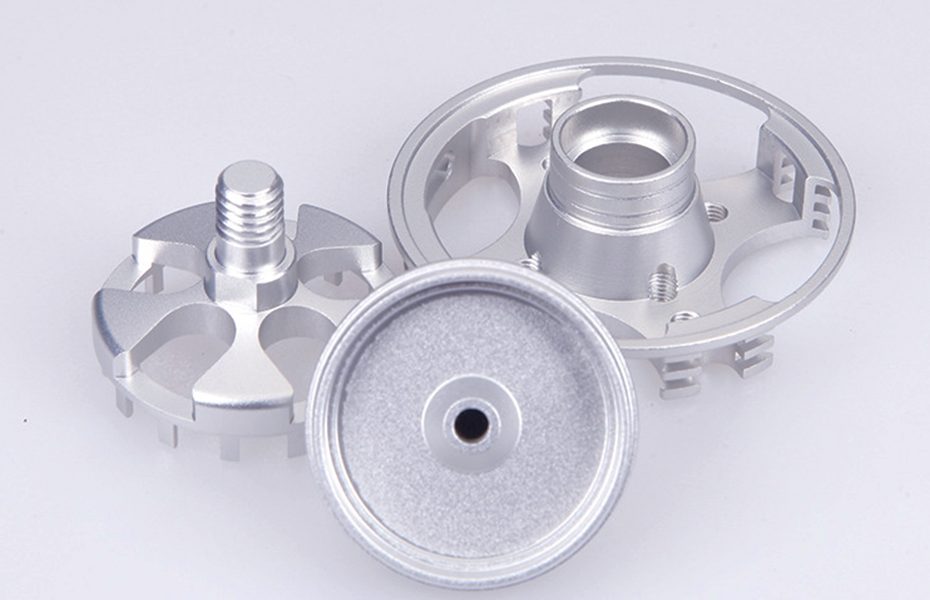For CNC machining projects, aluminum is one of the most popular material choices due to its desirable physical properties. It is strong, which makes it ideal for mechanical parts, and its oxidized outer layer is resistant to corrosion from the elements.
In its purest form, the chemical element aluminium is soft, ductile, non-magnetic, and silvery-white in appearance. However, the element is not only used in the pure form. Aluminium is usually alloyed with various elements such as manganese, copper and magnesium to form hundreds of aluminium alloys with various significantly improved properties.
Aluminum also offers specific advantages that simplify and improve the process of CNC machining. Unlike many other metals with similar material properties, aluminum offers excellent machinability: many of its grades can be effectively penetrated by cutting tools, chipping easily while being relatively easy to shape. Because of this, aluminum can be machined more than three times faster than iron or steel.
Benefits of aluminum CNC machining
Machinability
Aluminium is readily formed, worked, and machined using a variety of processes. It can be quickly and easily cut by machine tools because it is soft and it chips easily. It is also less expensive and requires less power to machine than steel. These characteristics are of immense benefits to both the machinist and the customer ordering the part. Furthermore, aluminium’s good machinability means it deforms less during machining. This leads to higher accuracy as it allows CNC machines to achieve higher tolerances.
Strength-to-weight ratio
Aluminium is about a third of the density of steel. This makes it relatively light. Despite its lightweight, aluminium has very high strength. This combination of strength and light weight is described as the strength-to-weight ratio of materials. Aluminiums high strength-to-weight ratio makes it favourable for parts required in several industries such as the automotive and aerospace industries.
Corrosion resistance
Aluminium is scratch resistant and corrosion resistant in common marine and atmospheric conditions. You can enhance these properties by anodizing. It’s important to note that resistance to corrosion varies in different aluminium grades. The most regularly CNC machined grades, however, have the most resistance.
Performance at low temperatures
Most materials tend to lose some of their desirable properties at sub-zero temperatures. For example, both carbon steels and rubber become brittle at low temperatures. Aluminium, in its turn, retains its softness, ductility, and strength at very low temperatures.
Electrical conductivity
The electrical conductivity of pure aluminium is about 37.7 million siemens per metre at room temperature. Although aluminium alloys may have lower conductivities than pure aluminium, they are conductive enough for their parts to find use in electrical components. On the other hand, aluminium would be an unsuitable material if electrical conductivity is not a desirable characteristic of a machined part.
Recyclability
Since it is a subtractive manufacturing process, CNC machining processes generate a large number of chips, which are waste materials. Aluminium is highly recyclable which means it requires relatively low energy, effort, and cost to recycle. This makes it preferable to those who want to recoup expenditure or reduce material wastage. It also makes aluminium a more environmentally-friendly material to machine.
Anodisation potential
Anodisation, which is a surface finishing procedure that increases the wear and corrosion resistance of a material, is easy to achieve in aluminium. This process also makes adding colour to machined aluminium parts easier.
Benefits of Machined Aluminum Parts
CNC aluminum machining is crucial to many industries. Look at the automotive, aerospace, medical, and technology sectors for countless examples. Advanced metal fabrication offers options that make products more versatile than ever before. You can even use aluminum for rapid CNC prototyping if you choose the correct approach.
